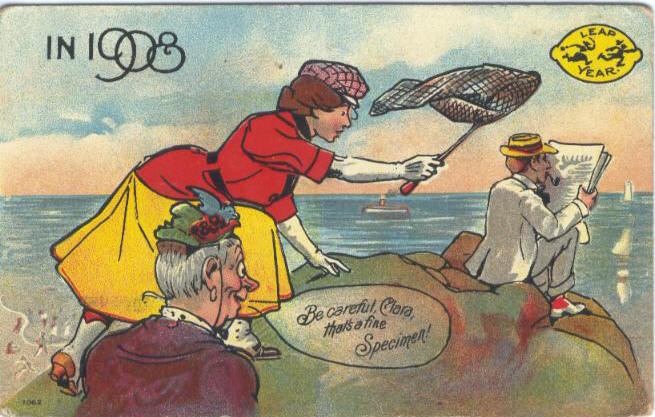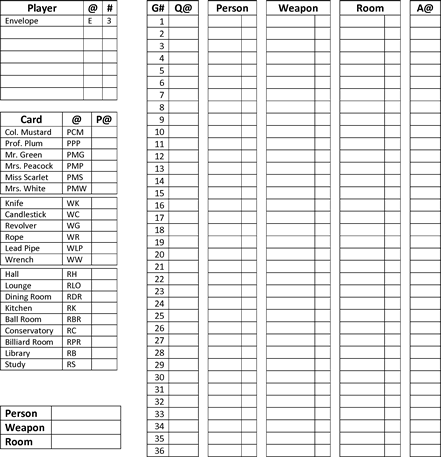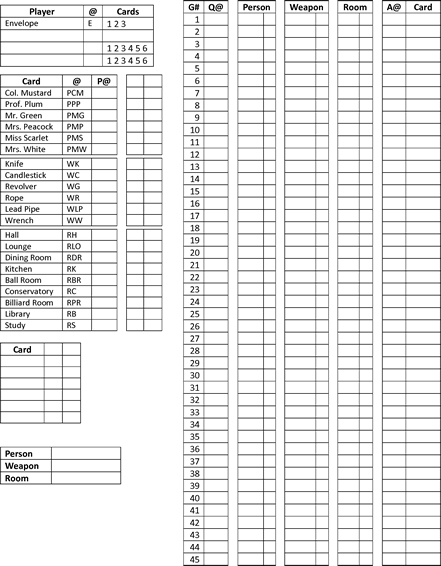When it comes to big lights and glitz, few places out do Las Vegas. With it’s current population less than 600,000, over 37 million people visiting every year, and the Las Vegas McCarran Airport ranked the 8th busiest in the world, Las Vegas is definitely a tourist hot spot. But in 1992, 80% of the Las Vegas casinos were on the Las Vegas Strip, outside of city’s core where it all began. In an effort to bring tourists back to the centre and revitalize the core, the city of Las Vegas started a contest for big ideas. One of them was a life-sized version of the Starship Enterprise, submitted by the Goddard Group.
The Starship Enterprise, as envisioned in the original Star Trek series, was 288 meters long, 72 meters high, and 127 meters wide. To put that in perspective, the ship would need an area of roughly nine US football fields arranged in a 3×3 square and would have been just over half the height of the tallest building in Las Vegas at the time. One big issue was how to support the huge saucer section, but that was quick solved by putting the ship in “dry dock”, thereby giving the engineers an elegant way to support it from below.
With the basic design done, the Goddard Group set about getting every reference shot they could from the television series, determining how the fictional ship actually looked inside, and trying to fit it in with the Las Vegas motif. The contest required that the building add to the core and not take money from the already starving casinos, so they settled on having tours of the ship, some dining areas, and even some rides. After they put it all together they came to a price tag for what they called “The 8th Wonder of the World”: $150 million ($193 million today).
They met with the Las Vegas downtown redevelopment committee and Mayor Jan Jones, and were told that their Enterprise design had won the contest and would be approved if they could get Paramount, the holders of the Star Trek copyright, to sign off on the project. After contacting the studio and negotiating a basic deal with the president of licensing, all that remained was getting the approval of Paramount’s CEO, Stanley Jaffe. With the mayor, redevelopment committee, Paramount’s licensing department, and everyone else loving the idea, this final meeting seemed like a formality. And with that, the mayor and redevlopment committee boarded a private jet out to Hollywood.
The presentation went well and while everyone in the room was excited, Stanley Jaffe was not. At the end of the meeting, he said that while he liked the idea, he could not endorse it because if it failed, it would be too damaging to Paramount. With that decision, five months of work was discarded and the committee went with the second-place design. And that’s how the Fremont Street Experience, a 460 meter long display of lights canopying Fremont Street, was built in Las Vegas.
Today’s Tangent: When NASA was creating the first Space Shuttle, they had chosen the name Constitution before then President Ford declared would be called Enterprise, perhaps due to the large number of letters he received from Star Trek fans. On September 17, 1976, most of the original Star Trek cast and creator Gene Roddenberry were present when the Space Shuttle Enterprise had its dedication ceremony. Even though Enterprise never went into orbit, it did prove the Space Shuttle concept and spawned Columbia and four other shuttles that would be used over the next 30+ years.
Jump ahead to 2003: Star Trek is now in its fifth series and the Space Shuttle Columbia is re-entering the atmosphere on February 1st. Unfortunately, Columbia broke up on re-entry and the seven astronauts on-board were lost. It was a sad time for the space program, and the writers of Star Trek: Enterprise set out to do something about it. They gave the Starship Enterprise a sister ship and called her Columbia, reminiscent of how Columbia was the Space Shuttle made after Enterprise. Characters of the new ship also got a patch with seven stars on it, one for each of the astronauts lost in the tragedy.









